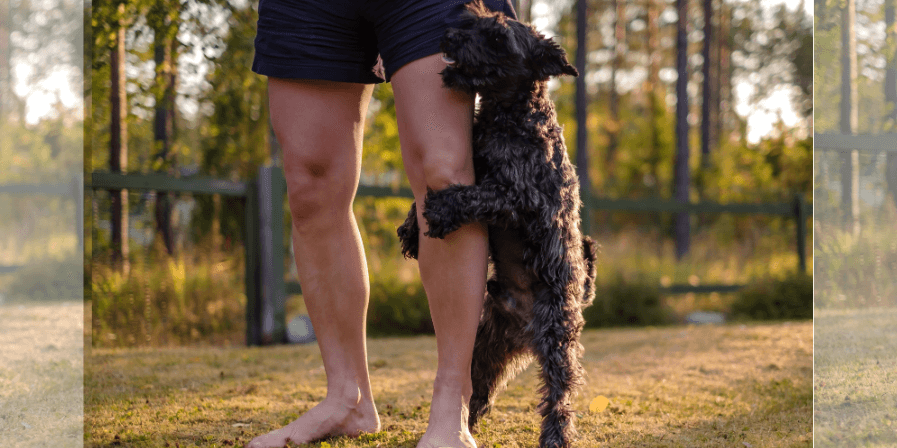Humping or Mounting Behaviour

Humping, or mounting behaviour, is a common behaviour in both male and female dogs. While it's a natural part of canine behaviour, it can be a concern for pet parents in certain situations. Here are some considerations regarding humping in pets:
Humping or Mounting Behaviour
Humping, or mounting behaviour, is a common behaviour in both male and female dogs. While it's a natural part of canine behaviour, it can be a concern for pet parents in certain situations. Here are some considerations regarding humping in pets:
-
Normal Behavior: • Humping is a normal behaviour seen in dogs, and it's not limited to sexual contexts. Dogs may hump for various reasons, including play, excitement, stress, or even as a way of asserting dominance.
-
Social Interaction: • In some cases, dogs may use humping as a form of social interaction. It can be a way for dogs to communicate and establish their position within a group.
-
Spaying and Neutering: • Spaying or neutering can sometimes reduce humping behaviour, especially if it's related to sexual arousal. However, it may not eliminate the behaviour entirely, and other factors can still contribute to humping. Best to discuss this with your vet as a lot does depends on the stage of growth of the pet when you plan neutering/spaying.
-
Stress or Anxiety: • Dogs may hump as a response to stress or anxiety. Changes in the environment, unfamiliar situations, or even excitement can trigger this behaviour. However stress and anxiety can manifest into long term and health and behavioural problems, so if you begin to identify this, instantly connect with your vet and try and eliminate triggers.
-
Medical Concerns: • In some cases, humping might be a sign of an underlying medical issue, such as urinary tract infections or skin allergies. If humping is excessive or sudden, it's advisable to consult with a veterinarian to rule out any medical concerns.
-
Training and Management: • If humping becomes problematic, especially in social situations or with guests, training and management techniques can be employed. Redirecting the behaviour, teaching alternative commands, or using a gentle deterrent may help.
-
Consent and Boundaries: • While humping is natural, it's essential for pet parents to teach their dogs appropriate behaviour and establish boundaries, especially in social settings. Consistent training and reinforcement of commands can help manage humping behaviour.
-
Behaviour Consultation: • If humping is persistent, especially if it's causing issues in the household or with other pets, consulting with a professional dog behaviourist or trainer can provide personalized guidance and solutions.
-
Consideration in Multi-Pet Homes: • In households with multiple pets, it's important to monitor interactions to ensure that humping doesn't lead to aggression or conflicts among pets. Introducing new pets gradually and providing supervised socialization can help.
-
Positive Reinforcement: • Positive reinforcement for desired behaviours can be an effective way to encourage good behaviour while discouraging humping. Rewarding your pet when they exhibit appropriate behaviour can reinforce positive habits.
FAQs:
Why does my dog hump people or objects? • Dogs may hump people, objects, or other animals for various reasons, such as excitement, playfulness, stress, anxiety, or as a form of social communication.
Is humping more common in male dogs? • Humping behaviour is observed in both male and female dogs. It is not exclusive to one gender, and factors such as age, environment, and individual temperament can influence humping.
In most cases, humping is a normal part of canine behaviour, and occasional humping is usually not a cause for concern. However, if humping becomes excessive, interferes with social interactions, or is accompanied by other behavioural changes, it's advisable to consult with a veterinarian and find a resolve under guidance.


 How can we help?
How can we help?